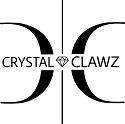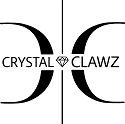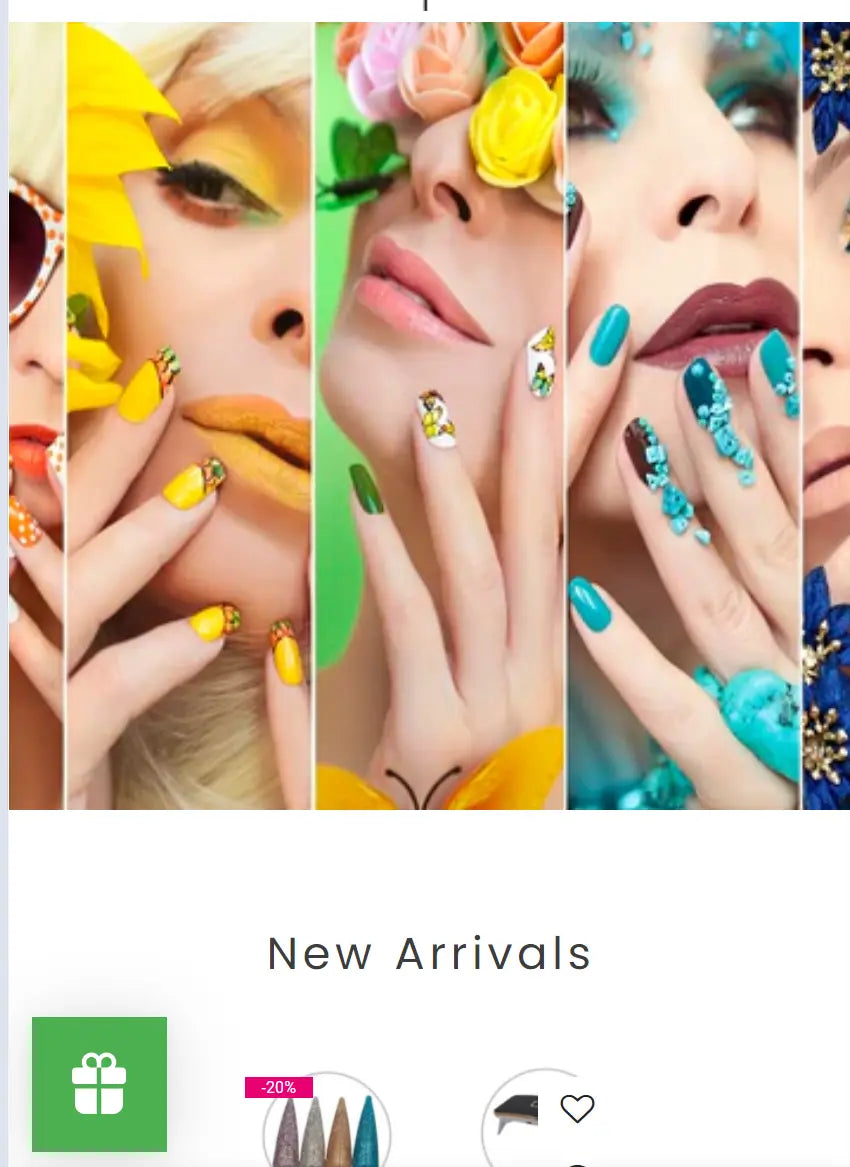Believe it or not, this predicament isn't exclusive to Black, but extends to all darker shades of gel polish. The high pigment concentration in these colours necessitates a slightly extended curing period compared to their lighter counterparts.
Typically, the curing process for black gel polish under an LED lamp varies from 30 seconds to a whole minute for each layer. Be prepared for UV lamps to demand an even lengthier curing period per layer.
The second chief culprit behind the lifting and peeling of dark colours is improper application, specifically when the gel is applied too thickly. An essential tip to remember while using gel polish is to maintain thin, uniform layers. Although thick layers might appear dry on the surface, they could potentially lead to incomplete curing, only manifesting after a day or two. During the colder season, the gel naturally gains viscosity, making it trickier to apply and often leading to a thicker coating. To mitigate this, consider placing the gel bottle in lukewarm water to achieve a thinner consistency.
If the issue persists, consider examining your clients' hand placement within the lamp. Some lamps can have “blind-spots”. Hence, it's important to understand the configuration of your unit's globes to effectively instruct clients on the correct hand placement.
Another common problem might be the lamp itself, especially if it's an older model, which can lead to under-curing. While your lamp might not be performing as efficiently as it once did, remember that if the lamp is the problem, it won't just affect the dark colours but will become a pervasive issue for all gel polish applications. However, darker shades might alert you to this problem sooner.




